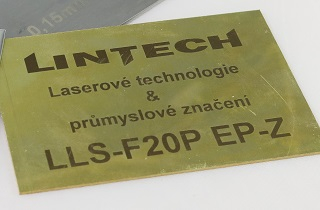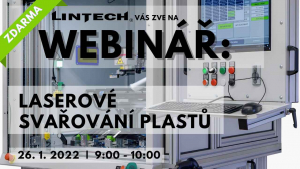Laser marking
Laser marking is a technology used to create an indelible graphic motif on the surface of an object. This motif is made by the thermal effect of a laser beam, which either removes a nominal thickness of material or hardens its surface creating a visual effect. This technology distinguishes itself qualitatively from previously used methods and solves the disadvantages of other conventional technologies (screen printing, pad printing, mechanical engraving and stamping).
Laser marking advantages:
- top quality, accuracy and speed
- stability of the inscription (cannot be wiped off)
- contactless and clean processing
- suitable for almost any material
- possibility to inscribe uneven surfaces
- detailed processing
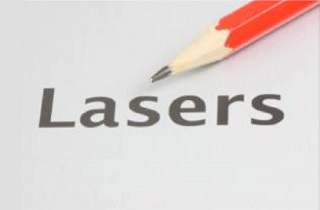
Aluminium
As material, aluminium is very reflective to the laser beam and has very good thermal conductivity.
More info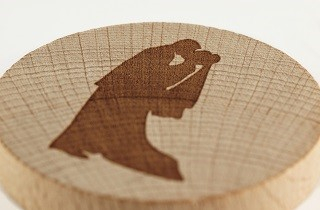
Wood
Wood is no longer the prerogative of thermal stamps. Due to the acceleration of the production of wood products, it is necessary to deploy laser-marking technology.
More info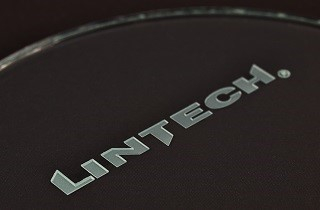
Glass
For a long time, glass marking has not only been subject to sandblasting but also to laser technology. Laser processing can achieve clear contrast and life-lasting indelible marking.
More info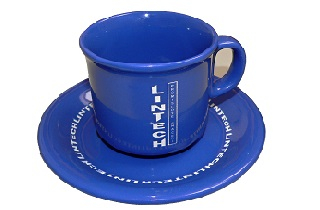
Ceramic
Ceramic has to be used for marking of small electronic components, as well as for the identification of ceramic products intended for food or as a decoration.
More info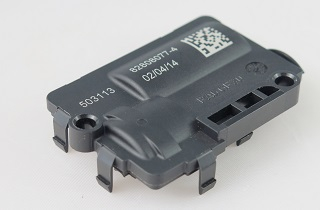
Plastic
Marking of plastic is one of the most common applications of laser marking. Despite this, however, there is still a lot to explore and develop in this area.
More info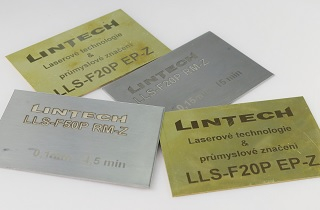
Titanium
Titan belongs to very rare metals. Therefore, it is also necessary to ensure the accuracy and quality of its marking.
More infoSteel
Steel and stainless steel are the most commonly used metals across all sectors of the industry. These types of steel can marked, coloured in various shades and engraved.
More info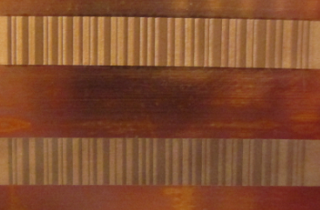
Copper
One of the most interesting non-ferrous metals, requiring special laser settings for good quality marking is copper.
More info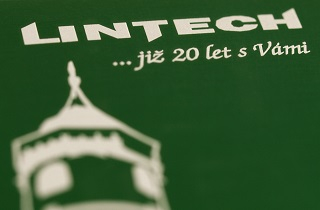
Anodized aluminium
Anodizing aluminium opens new possibilities in the ways of aluminium marking. With the help of the laser, we are able to reveal its bright underlying layer.
More info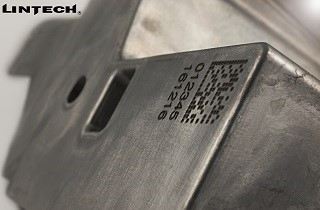
Other materials
Did not find the required material on the home page? Try the other section, or contact our sales advisors.
More info
